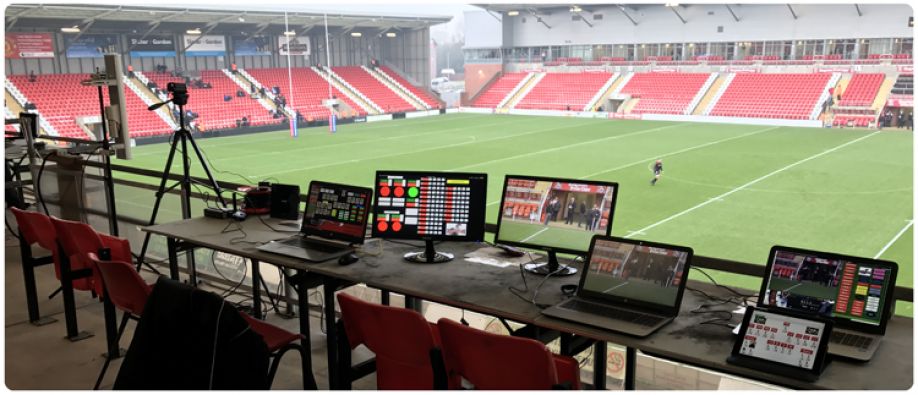
In recent years, the concept of using video for the purpose of analyzing player performance has gained considerable traction. Video is everywhere! We carry video recording devices in our pockets in the form of smart phones. With more and more tools and automation around the analysis of this video, coaches and athletes can use this video to pinpoint areas of strength while identifying specific focus points for improvement. Automated videos analysis can be used in sports during both practices and in games, while with the team under the supervision of coaches or while training alone (with the analysis available for later review).
To learn more about the history and value of video in sports, keep reading. To start your journey using video to improve your game…
There is plenty that has been written about the use of video in sports training:
What’s right for how to use video between games and practices – while saving you time?
The use of video in games
Many athletes and coaches use video game footage to improve performance and player development. There are a number of reasons why video games can be helpful for athletes. First, video games can provide a realistic simulation of game situations. This can help athletes to learn plays and strategies, as well as improve their decision-making skills. Additionally, video games can help athletes to develop hand-eye coordination and visual processing skills. Finally, video games can be used as a tool for motivation and inspiration; seeing oneself perform well in a game can provide a boost of confidence.
The use of video in practices
Video has become an important tool in athlete performance improvement and player development. There are a number of ways that video can be used in practices to help players improve their skills.
One way that video can be used is for player analysis. Coaches can use video to break down a player’s performance and identify areas that need improvement. They can then use this information to create specific practice drills that will help the player address these issues.
Another way that video can be used in practices is for game simulation. By showing players video of upcoming opponents, they can get a feel for their style of play and start to develop a game plan. This can be especially helpful when preparing for teams that the players are not familiar with.
Finally, video can also be used as a motivational tool. Players can watch videos of successful athletes or teams to get pumped up for practices and games. This can help them maintain a high level of focus and effort throughout the season.
Automating video for the purpose of player development and improvement
Many coaches and analysts believe that video is one of the most important tools available for helping athletes improve their performance. Video can help players see and correct mistakes in their technique, it can be used to study an opponent’s strengths and weaknesses, and it can be used to create a visual record of an athlete’s progress over time.
Until recently, the process of capturing and reviewing video footage was a time-consuming and manual one. Coaches would have to set up cameras and record hours of footage, which they would then have to sift through in order to find the useful bits.
Thankfully, new technologies are beginning to automate this process, making it easier and more efficient than ever before. Automated video capture systems can be set up to run continuously, meaning that hours of footage can be recorded without the need for anyone to be present. This footage can then be automatically sorted and tagged according to various criteria, making it much easier to find the clips that you’re looking for.
What’s more, some of these systems come with built-in analysis tools that can automatically identify and highlight key moments in the footage. This means that coaches can save even more time by not having to go through hours of footage themselves.
If saving time while improving your game sounds good to you:
